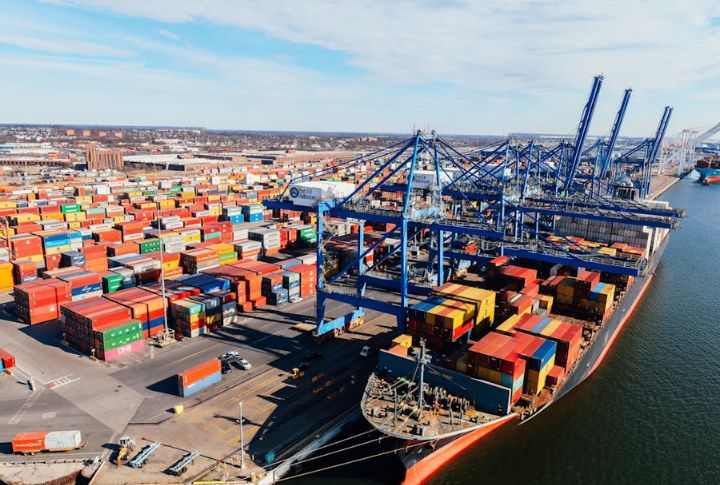
That FedEx truck in your neighborhood might not be there much longer. The company’s aggressive cost-cutting measures are changing fashion logistics in ways that directly impact your wallet. Shipping networks that seemed rock-solid are suddenly vulnerable. The following changes spell trouble for anyone who loves online shopping.
Network 2.0 Restructuring

Corporate restructuring rarely makes headlines, but FedEx’s Network 2.0 initiative tells a different story. The shipping giant eliminated 4,860 jobs across 47 facilities since 2001, targeting $6 billion in savings by 2027. Their “one van, one neighborhood” strategy even shuttered 100 stations.
Asia Container Rates Triple

Global trade routes have become financial nightmares for fashion brands. Shipping a 40-foot container from Asia skyrocketed from $2,000 to $6,000 by mid-2024. Fashion companies importing from Asian manufacturers now face crushing logistics costs that threaten to destroy already thin profit margins.
Client Contract Terminations

When a major client abandoned FedEx’s Fort Worth facility, 305 workers lost their jobs overnight. Fashion retailers now treat shipping like a commodity, ditching long-term partnerships for whoever offers the cheapest rates. This transactional approach prioritizes immediate savings over reliability, creating employment chaos.
Cart Abandonment Spikes

Online shopping behavior reveals harsh economic realities. Nearly 48% of fashion shoppers abandon purchases due to shipping costs, according to eMarketer, while the overall cart abandonment rate hits 84.4% per Cropink data. Free shipping thresholds jumped from $35–50 to $75–100 minimums.
Warehouse Automation Advances

Technology is quietly altering distribution centers while eliminating human jobs. According to IBM research, 67% of supply chain executives report that significant process automation has changed their operations. Robotics now handles sorting and inventory management tasks that once required skilled workers.
Delivery Speed Expectations

Average delivery times increased from 1.9 days in 2024, according to OpenSend data, while speed dropped from consumers’ top priority in 2022 to fifth place by 2024 per McKinsey research. Looks like consumer patience is making an unexpected comeback in fashion e-commerce.
Regional Manufacturing Shift

Companies have started exploring domestic suppliers despite higher labor costs, prioritizing shipping reliability over rock-bottom manufacturing prices. “Reshoring” brings production closer to folks as global supply chain centralization collapses under logistics strain. Geopolitical tensions drive permanent changes in trade patterns that seemed unthinkable just years ago.
Third-Party Logistics Instability

Employment volatility haunts the logistics sector as brands treat shipping providers like interchangeable commodities. GXO laid off over 500 employees when clients switched to cheaper alternatives, highlighting how outsourcing creates vulnerability to sudden departures. Multiple shipping companies announce simultaneous layoffs in the same regions.
Fashion E-commerce Headwinds

Despite industry forecasts of $1.6 trillion by 2030, current growth faces huge constraints from shipping inflation. Fashion accounts for 20.2% of U.S. online retail sales according to Capital One Shopping research. However, clothing purchases are 3.06% less likely to be made online than other categories.
Sustainability Compliance Costs

PWC research shows 46% of consumers now consider environmental records when making shopping decisions, forcing retailers to invest heavily in carbon offset programs and eco-friendly packaging. Brands offer slower delivery options as environmental alternatives, catering to younger demographics who increasingly prioritize sustainability over speed.
